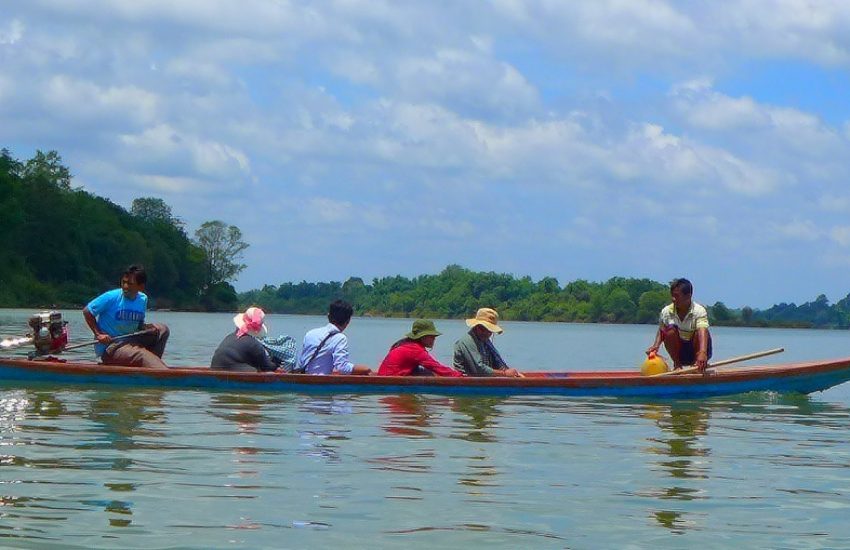One hundred NGOs call on WHO to adjust…
23 April, 2025

One hundred NGOs call on WHO to adjust…
23 April, 2025
What did IUCN NL do in 2024? Read…
17 April, 2025
Wednesday 01 january 2020
Header photo: Communities in the Mekong Flooded Forest landscape depend on fish from the Mekong river © Cas Besselink / IUCN NL
The Mekong Flooded Forest landscape in Cambodia is home to over 40 ecologically critical and threatened animal species, such as the emblematic Mekong Dolphin and many endemic fish species. The Mekong river is the largest and most important river in Cambodia. Around 600.000 people in the Cambodian Mekong Basin depend on the river and its surrounding forest for food and income. However, legal protection for the communities relying on these natural resources has been problematic in contemporary Cambodia.
Large-scale economic developments put pressure on natural resources and lead to tensions between their different users. As the private sector interests are heavily protected by the ruling party and the military, environmental implications of business activities and user rights of the poor are usually not taken into account. Economic land concessions for large-scale agricultural production are often issued on land already occupied by indigenous peoples. Thousands of families have been evicted from their land without any form of compensation, leaving them with no access to their traditional sources of livelihood and subsistence.
A consortium of civil society organizations supported by IUCN NL in strategic partnership with the Dutch Ministry of Foreign Affairs and WWF Netherlands, joined forces to take part in a negotiation to improve policies and legislation on natural resources and its fair sharing. This in order to secure the tenure rights of vulnerable people, as well as their access to the international public goods water, food security and climate resilience. The consortium facilitates multi-stakeholder fora at the landscape and national level, to increase knowledge on policies and concepts relevant to the landscape and the services it provides. In these fora, they bring forward the concerns of indigenous peoples and women, who are often responsible for the production and marketing of non-timber forest products, and plead for recognition of their rights.
The efforts resulted into the recognition of indigenous people’s customary rights in the country’s new Environmental Code. This recognition will act, to some extent, as a shield of protection for forest dwellers, who comprise about 2% of the total population of Cambodia.
23 April, 2025
IUCN NL, together with Stichting SPOTS and Environmental Investigation Agency (EIA), initiated a letter to be sent to the Director…
17 April, 2025
In our annual report, we look back at the milestones we achieved in 2024 together with our international partners and…
